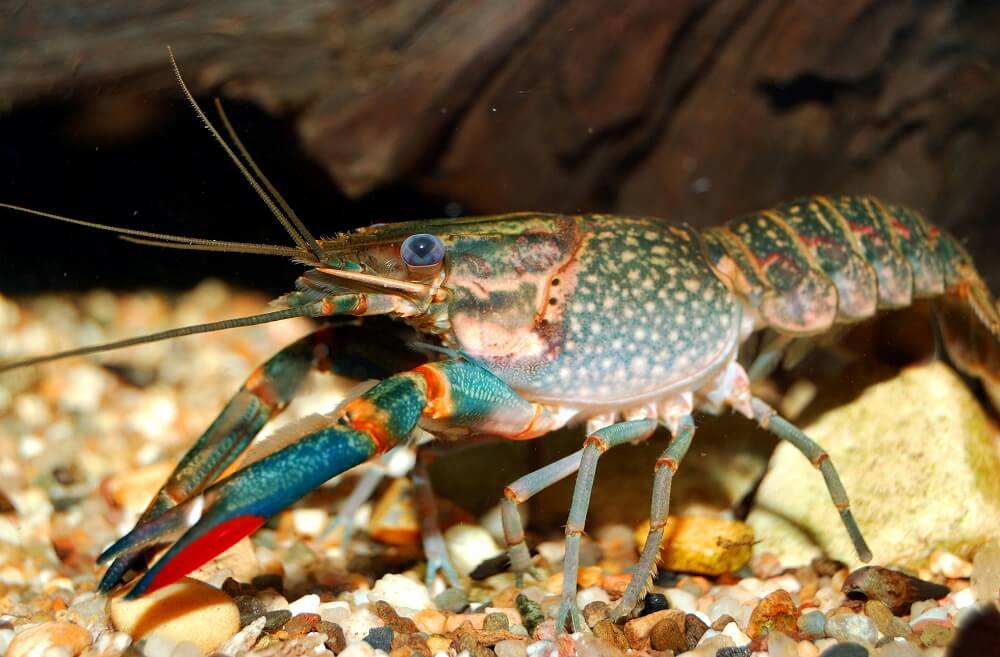Scientists on Zambia's Kafue River have noticed an invasive red-clawed crayfish taking control of the waters.
What's happening?
A group of scientists reported their findings on invasive species in and around the Kafue River, according to Mongabay.

One invasive plant that the team noticed was a South American shrub known as the "giant sensitive plant." The researchers noted that its spread was "choking" out the habitat of the Kafue antelope, which is only found in Zambia.
Another major concern was the Australian red-clawed crayfish.
Mongabay explained that the crayfish can harm the environment as they outcompete native crabs and eat fish eggs. "They eat everything they see," said Lauren Searle, one of the conservation ecologists on the trip.
Why is curbing invasive species important?
Invasive species are detrimental to humans and the environment for several reasons. And the Australian crayfish in the Kafue River is no different.
Save $10,000 on solar panels without even sharing your phone number Want to go solar but not sure who to trust? EnergySage has your back with free and transparent quotes from fully vetted providers that can help you save as much as $10k on installation. To get started, just answer a few questions about your home — no phone number required. Within a day or two, EnergySage will email you the best local options for your needs, and their expert advisers can help you compare quotes and pick a winner. |
Mongabay reported that local fishers have had to change their methods because the crayfish will crawl into their nets and consume everything inside. That means the people have fewer fish to sell or eat, which impacts their overall well-being.
Additionally, Mongabay explained that fishers would have to use a dragnet instead, but because nothing can escape them, they'd catch fish they don't intend to.
The National Wildlife Federation has also warned about the dangers of invasives, explaining that they can disrupt the food web, alter soil, worsen wildfires, and hurt biodiversity.
Furthermore, the National Invasive Species Information Center emphasized that invasive species can impact human health by spreading diseases or causing harmful bites and stings.
|
Do you think America does a good job of protecting its natural beauty? Click your choice to see results and speak your mind. |
What's being done about invasive species?
The research team believes the data they have collected in Zambia will help them develop more effective methods of dealing with invasive species such as the crayfish.
Josie South, an aquatic invasion ecologist who was not involved in the expedition, explained to Mongabay: "The Kafue is the most important river for supplying drinking water for most Zambians. … We need to take care of all of them."
Other places, including Colorado, Missouri, Kansas, and Maine, have also faced similar issues. While invasive species are a global concern, several measures can help mitigate their impact. For example, Defenders of Wildlife explained that you can support organizations that offer removal programs or advocate for legislation that promotes this effort.
Other options, per the National Invasive Species Information Center, are switching to native lawns and gardens, using pollinator-friendly plants, and avoiding "exotic" pets.
Join our free newsletter for good news and useful tips, and don't miss this cool list of easy ways to help yourself while helping the planet.















